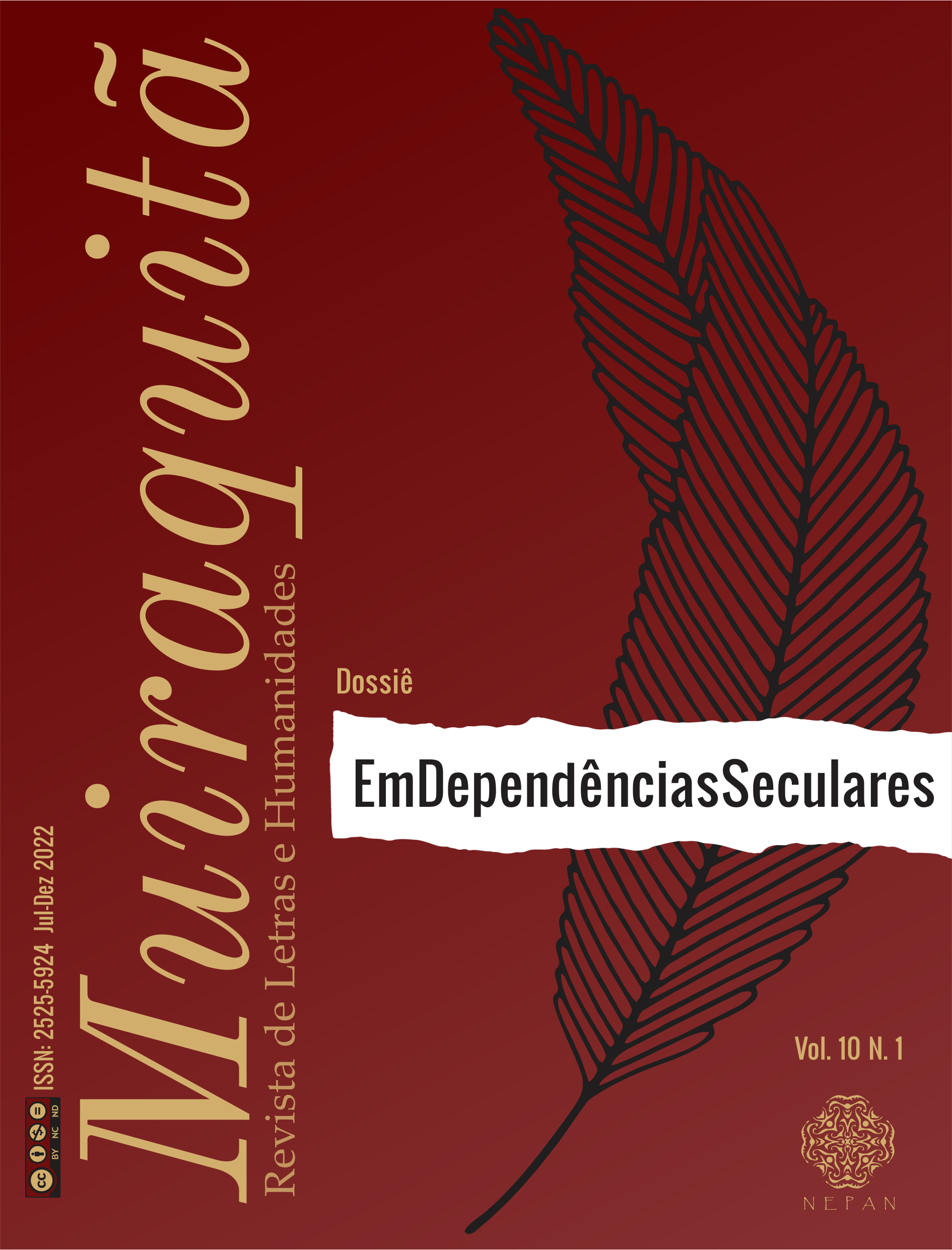An analysis of discursive productions with the use of buoys in Libras
DOI:
https://doi.org/10.29327/210932.10.2-20Keywords:
Libras. Buoys. Lexological changes.Abstract
The present article analyzed as occasional by the use of buoys in discursive contexts regardless of the degree of formality. As methodological procedures, the different data found were tested through two different context: i) Indications of translation into Libras of the teaching subject of the Federal University of Santa Catarina (UFSC) and of the Context Letters of the Federal University of Santa Catarina (UFSC); ii) videos in Libras posted on the YouTube channel. To this end, three lexical items were selected: THIS, NOW and EXPLAIN. The analysis is limited to verifying the changes from the use of the buoy in conjunction with these signs in use and in speech. The use of buoys, for example, was verified, which necessarily implies lexological changes, as sometimes done, with two hands made with the function of the other being occupied with the buoy and the phonological articulation with can be the resolution when performing a lexical item with both hands simultaneously. In addition, the use of buoy signals to signal the signals, which can trigger fragmentation, with the buoy function having as its purpose the resumption of anaphoric references.
Downloads
References
ALVES, D. C. A abordagem da variação e mudança linguísticas no ensino médio: Dos documentos oficiais às perspectivas de professores. 2020. 196 f. Dissertação (Mestrado em Estudos da Linguagem) – Universidade Federal de Goiás, Catalão, 2020.
FELICIO, M. D. ELAN (EUDICO Language Annotator): Ferramenta para transcrição de dados LIBRAS/Português – um estudo piloto. In: IV Seminário de Pesquisa, Extensão e Inovação da IFSC, 2014, Palhoça. Anais, Palhoça: IFSC, 2014.
FERREIRA, L. Por uma gramática de línguas de sinais. Rio de Janeiro: Tempo Brasileiro, 2010.
HEITKOETTER, R. P.; XAVIER, A. N. Descrição e análise de boias de listagem em Libras. Revista Humanidades e Inovação, v.7, n.26, 2020. p. 85-111
JOHNSTON, T.; SCHEMBRI, A. C. On defining lexeme in a signed language. Sign language & linguistics, Amsterdam, v. 2, n. 2, p. 115-185, 1999.
KOCH, I. G. V.; ELIAS, V. M. Referenciação e orientação argumentativa. In: KOCH, I. G. V.; MORATO, E. M.; BENTES, A. C. (Org.). Referenciação e discurso. 2. ed. São Paulo: Contexto, 2013. p. 33-52.
LIDDELL, S. K. et al. Grammar, gesture, and meaning in American Sign Language. Cambridge University Press, 2003. p. 242-282.
MACHADO, V. L. V. Análise da variação querológica em traduções de materiais do EaD Letras-Libras (UFSC). 2016. 207 f. Dissertação (Mestrado em Estudos da Tradução) – Universidade Federal de Santa Catarina, Florianópolis, 2016.
MCCLEARY, L.; VIOTTI, E. Língua e gesto em línguas sinalizadas. Revista Veredas, v. 15, n. 1, 2011. p. 289-304.
MOITA LOPES, L. P. Da aplicação de linguística à linguística aplicada indisciplinar. In: PEREIRA, R. C.; ROCA, P. (Org.). Linguística aplicada: um caminho com diferentes acessos. São Paulo: Contexto, 2009. p.11-24.
STOKOE, W. Sign Language Structure: An outline of the visual communication systems of the American deaf. Studies in Linguistics, nş 8, University Of Buffalo, 1960.

















